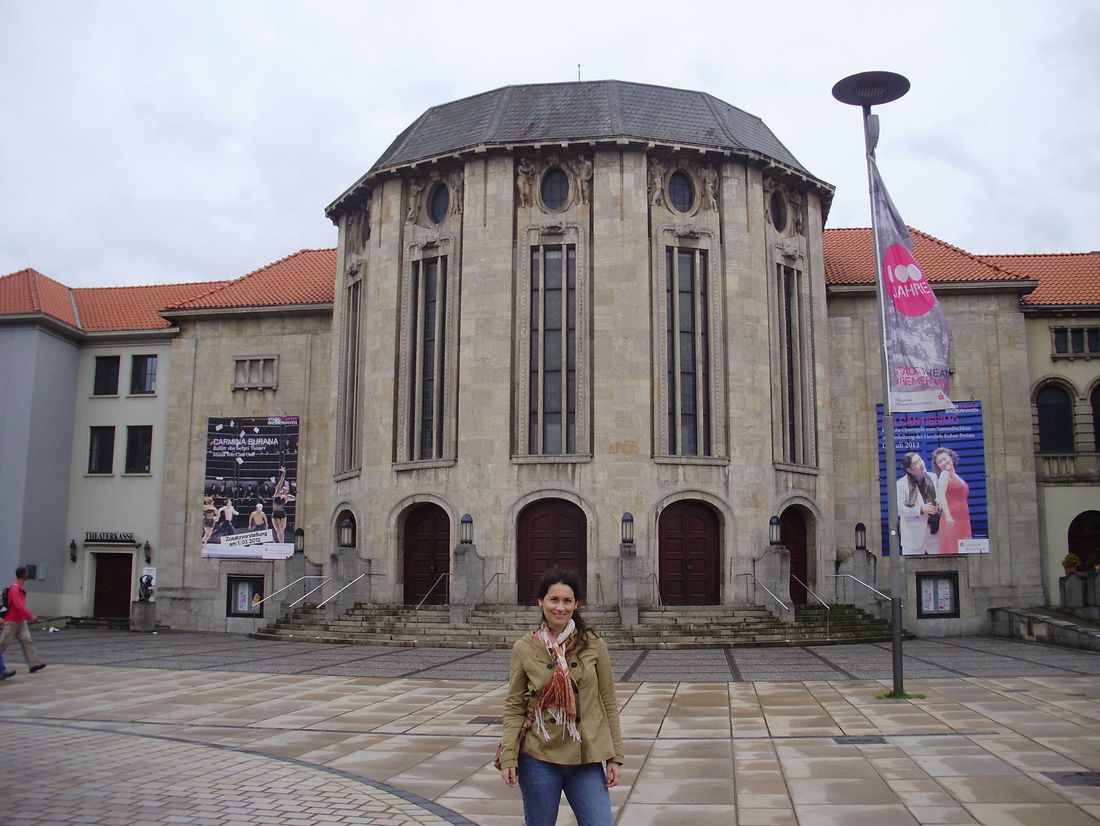
Carla de Aranzamendi in Bremerhaven, © C. d. Aranzamendi
Carla de Aranzamendi: a multidisciplinary project in an Antarctic limpet
This year I stayed from May to November working in the AWI. One of the objectives of our project is to determine whether the two morphotypes presented in the Antarctic limpet Nacella concinna are the result of adaptation to the environment by phenotypic plasticity or whether these morphological differences have a genetic basis. For this reason, in the lab of Christoph Held we isolated and characterized 8 microsatellite loci in this species using 454 pyrosequencing technique. We are using them as molecular markers to study the population structure of the species along the Antarctic Peninsula. Nevertheless, this is part of a bigger project that intends to utilize the genus Nacella with its Patagonian and West Antarctic species as an indicator system to study the effects of relatively recent adaptation to Antarctic cold conditions.

Besides, in my Antarctic campaign I also carried out an air exposure experiment with the two morphotypes of the named limpet in the field. The aim was to investigate reflecting how the general capacity of these limpets to tolerate short periods of tidal uncovering differ between limpets adapted to differentially exposed conditions in the sub- and intertidal. Until the moment, I determined the levels of two antioxidant enzymes (antioxidants superoxide dismutase and catalase) that are involved in the antioxidant defense of the organisms. These determinations were done in Doris Abele’s Lab in the AWI, but much of the work still needs to be performed.
I also counted with samples of a stained experiment in this limpet carried out in Carlini Station (Summer, 2013 and 2014). The idea was to use three different markers, calcein, alizarin red and strontium chloride, and then analyze the shells of the individuals looking for the possible evidence of marks that could be useful for growth estimation in different kind of experiments in the field for the future. In the AWI, I had the chance of using an electronic fluorescence microscope and a scanning electronic microscope equipped with an X-ray microprobe system for this reason.
I performed different kind of studies having the possibility of working in different labs and I had the opportunity to use equipments I had never used before. I had a great experience not only in a professional way but also in the personal one. And of course, I would love to repeat this experience in this friendly working atmosphere.
Carla de Aranzamendi
